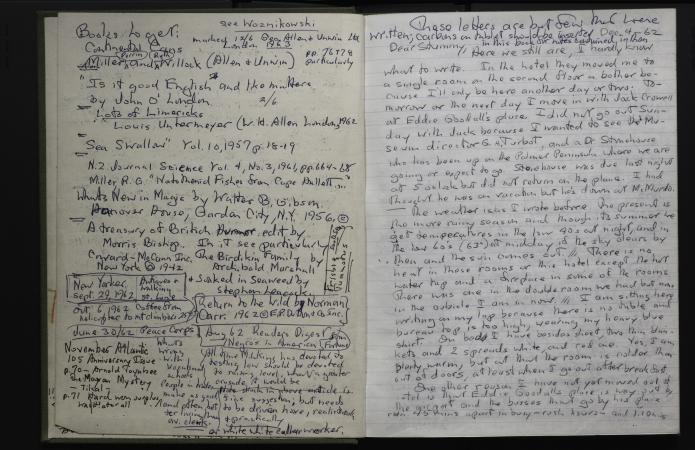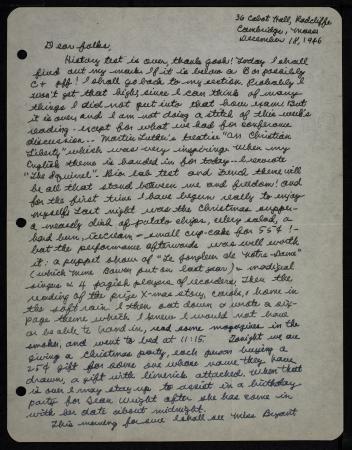May 12th is National Limerick Day!
A limerick is a type of humorous or nonsense poem, consisting of only five lines of verse. The first and second lines rhyme with the fifth line, while the shorter third and fourth lines rhyme with each other. The subject matter for these little poems can be just about anything, although typically they are funny, witty, and feature turns of phrase and word play.
The style first appeared in England in the early 1700s. The limerick was made popular by English artist and poet Edward Lear in the mid-1800s, although he did not invent the form nor refer to it by the name we use today. The term limerick was not used to describe the poem format until the 1880s at the earliest.
Perhaps surprisingly, the connection to the City of Limerick in Ireland and/or County Limerick is obscure. One possibility is the modern limerick was based on an earlier form of nonsensical verse that often-mentioned the Irish locale in its subject matter.
There are some examples of limericks represented in the Archives’ holdings. For example, the finding aids for both the Edward William Nelson and Edward Alphonso Goldman Collection and S. Stillman Berry Papers include folders that mention the humorous verses, suggesting that it’s not all work and no play for some Smithsonian staff?
In the 1962 diary of Waldo L. Schmitt, who was taking part in his last professional biodiversity expedition in Antarctica, the long-time Smithsonian research associate mentioned at one point his desire to purchase a book titled Lots of Limericks – perhaps as something to enjoy in his retirement?

And lastly, from a collection that has received a lot of attention on this blog in the past year, is a mention of limericks in the Doris Holmes Blake Papers. In a 1946 exchange between Smithsonian entomologist Doris Holmes Blake and her daughter, Doris Sidney Blake (who was studying at Radcliffe College), the younger Doris recounted to her mother a Christmas party she hosted where guests were encouraged to purchase a gift for the person whose name they had drawn, which sounds very similar to today’s White Elephant/Yankee Swap holiday tradition. She went on to mention that each gift had a limerick attached, although sadly she did not include recount the actual verses in her letter.

So how does one best celebrate this holiday? By coming up with their own limerick, of course! Here’s one I wrote about digitizing our archival collections, which is my role as a digital imaging technician at the Archives:
One day the Smithsonian as an organization
Wished to increase their visitors’ digital participation
And after some scanning,
and much project planning
They achieved their goal through digitization!
Another way to celebrate is by sharing your favorite limericks (and maybe some of your own creations!) on social media (#NationalLimerickDay). We hope this post has brightened up your day just a little bit, and that you get to enjoy some limericks!
Related Collections
- Edward William Nelson and Edward Alphonso Goldman Collection, circa 1873-1946 and undated, Record Unit 7364, Smithsonian Institution Archives
- S. Stillman Berry Papers, 1880-1984, Record Unit 7335, Smithsonian Institution Archives
- Doris Holmes Blake Papers, 1899-1985, Record 7310, Smithsonian Institution Archives
Produced by the Smithsonian Institution Archives. For copyright questions, please see the Terms of Use.

Leave a Comment